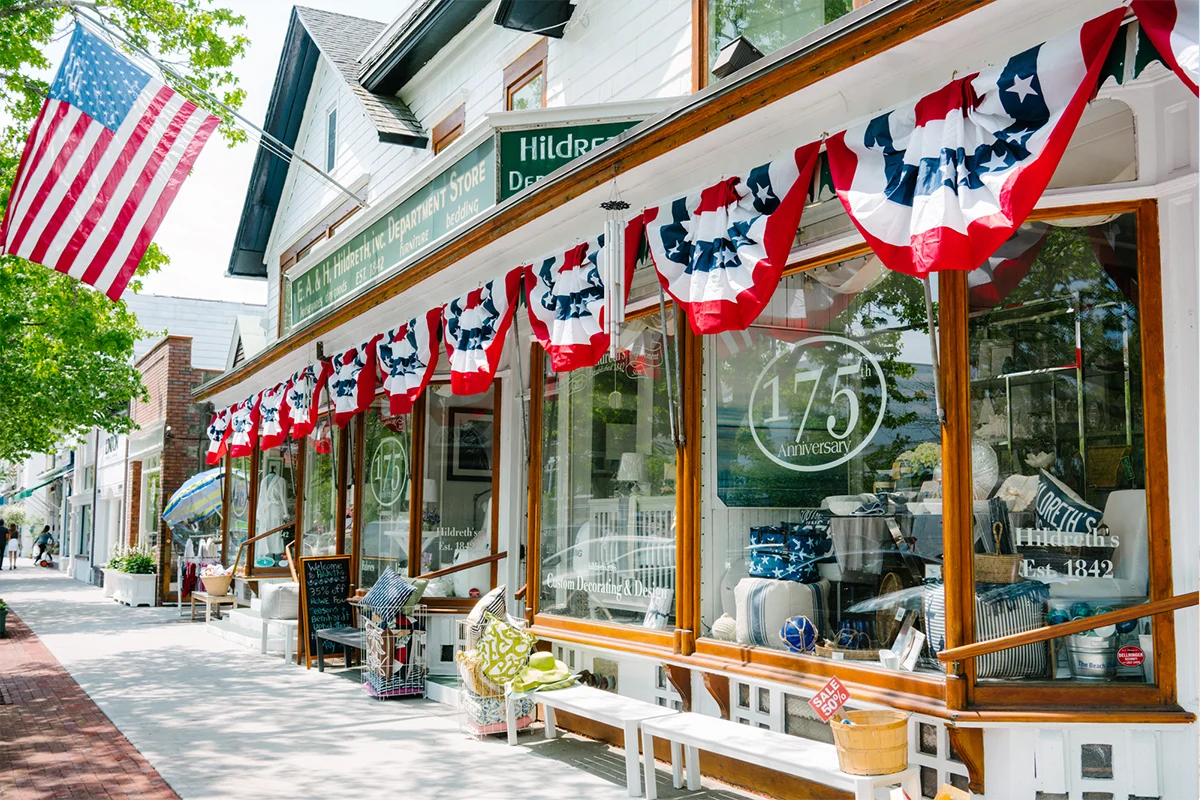
In the picturesque Hamptons, known for its serene beaches and affluent residents, a storm has been brewing over a New York City nightclub owner whose actions have ignited a significant backlash from the community. This story is not just about a disagreement but a clash of cultures and values that highlights the tensions between urban and rural lifestyles, the rich and the privileged.
The nightclub in question, located in Manhattan, has long been a hotspot for celebrities and socialites. Known for its opulent décor and exclusive events, it has catered to an elite clientele that seeks both luxury and privacy. However, the recent decision by the nightclub owner to host a series of high-profile events, which included parties with loud music and celebrity guests, has inadvertently sparked outrage among the residents of a quiet Hamptons town.
The conflict began when it was announced that the nightclub owner had acquired a large estate in the Hamptons with the intention of transforming it into a weekend retreat and event space. The estate, situated on a sprawling property that once served as a peaceful refuge for local residents, was soon to become a venue for upscale parties and private events.
For the affluent but privacy-valuing Hamptons community, the prospect of their quiet enclave being turned into a lively party scene was met with dismay. The town, accustomed to tranquil weekends and family-oriented gatherings, found itself at odds with the nightlife culture that the nightclub owner represented. Residents feared that the introduction of such an event space would lead to increased noise, traffic, and a disruption of the idyllic atmosphere they cherished.
As the nightclub owner and his team began to renovate the estate, tensions escalated. Local residents, initially voicing their concerns through formal channels, eventually took to social media and public forums to express their displeasure. The outcry was fueled by worries about the impact on property values, the potential for rowdy behavior, and the overall change in the character of their community.
The situation was further inflamed by the perception that the nightclub owner, a symbol of urban excess and high-profile extravagance, was encroaching upon a space that had long been synonymous with peace and exclusivity. The residents felt that their sanctuary was being transformed into an extension of the very nightlife they sought to escape when they chose the Hamptons as their retreat.
In response to the backlash, the nightclub owner and his representatives attempted to address the concerns of the Hamptons community. They assured residents that the estate would be managed with sensitivity to local norms and that measures would be taken to minimize noise and disruption. Despite these assurances, mistrust lingered, and the community remained apprehensive about the new developments.
The situation reached a boiling point when a public meeting was held to discuss the plans for the estate. Emotions ran high as residents voiced their objections, while the nightclub owner’s team tried to convey their commitment to being good neighbors. The meeting highlighted the deep divide between the two worlds: one of high-energy nightlife and the other of serene, rural affluence.
In the end, the controversy surrounding the nightclub owner in the Hamptons town serves as a microcosm of broader societal tensions. It underscores the challenges that arise when contrasting lifestyles and values intersect, particularly in spaces where privacy and tranquility are highly valued. The story of this clash is not just about a dispute over noise and parties but also about the negotiation of space and the preservation of community character in the face of changing influences.
Leave a Reply